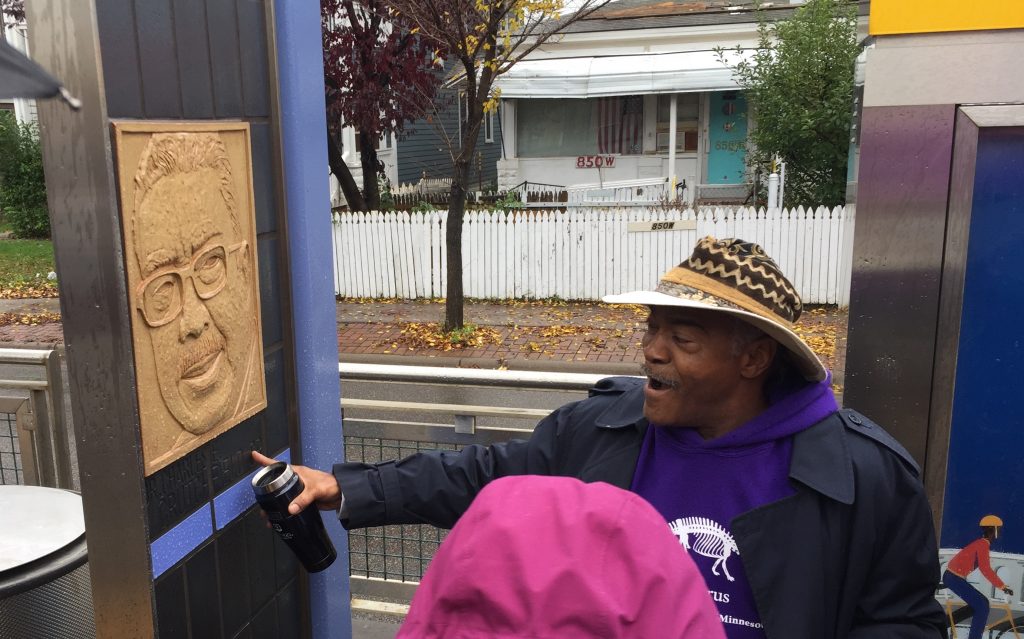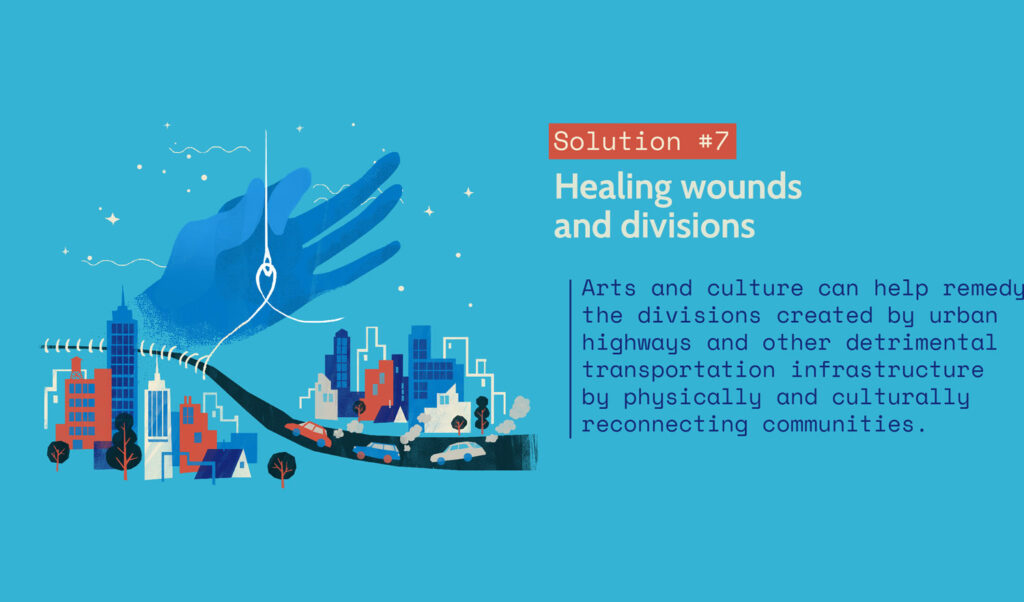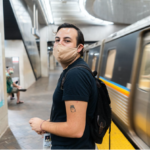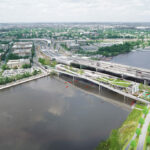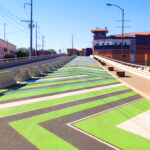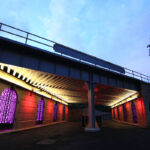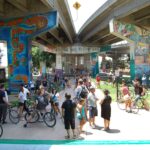The construction of Interstate 94 destroyed Saint Paul’s Rondo neighborhood, a predominantly African American neighborhood in the 1960s. For the last several decades, the community has come together to celebrate Rondo and to advocate for a land bridge that would “reconnect Rondo and reignite a vibrant African American cultural enterprise district in Saint Paul.”
The challenge
In the 1960s, Interstate 94 was plowed directly through the middle of Saint Paul’s Rondo neighborhood, a predominantly African American neighborhood. Its construction destroyed the neighborhood; eliminating 700 family homes, closing or demolishing 300 businesses, and creating a barrier physically separating the community that persists to this day. By the 1970s, the Rondo neighborhood would lose 48 percent of its homeowners as well as the associated equity and wealth of those residents.1
Rondo is not an outlier. The construction of the Interstate Highway System displaced more than a million residents—mostly low-income people of color— in communities across the country during its first twenty years. These highway projects deliberately targeted communities of color and particularly Black neighborhoods, wreaking havoc on their health, local environments, and ability to accumulate wealth for years to come.2
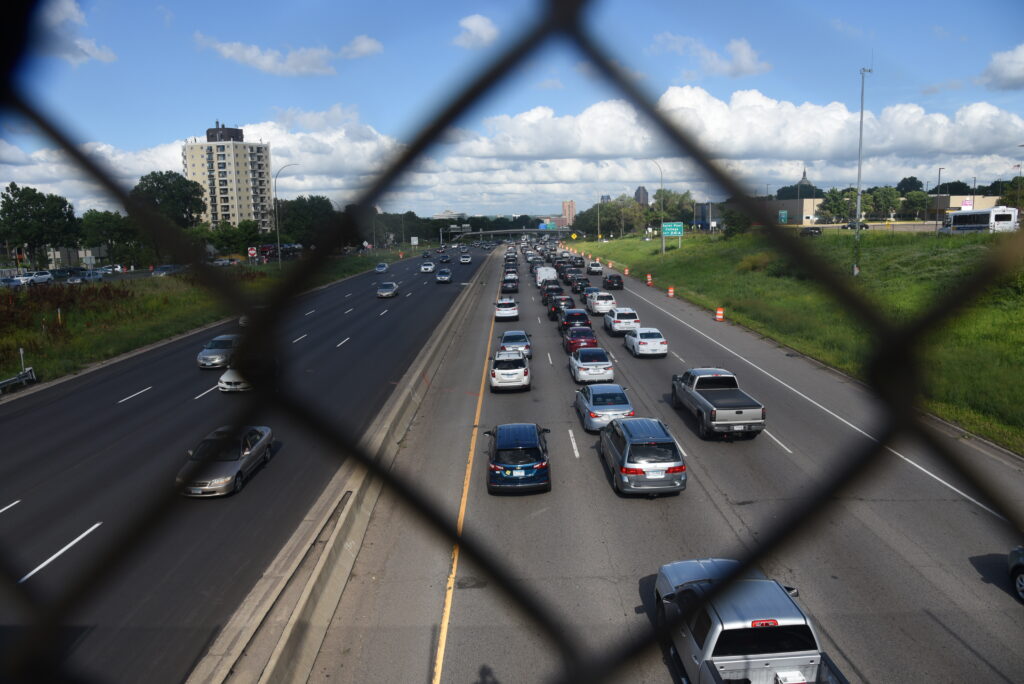
Photo: Smart Growth America 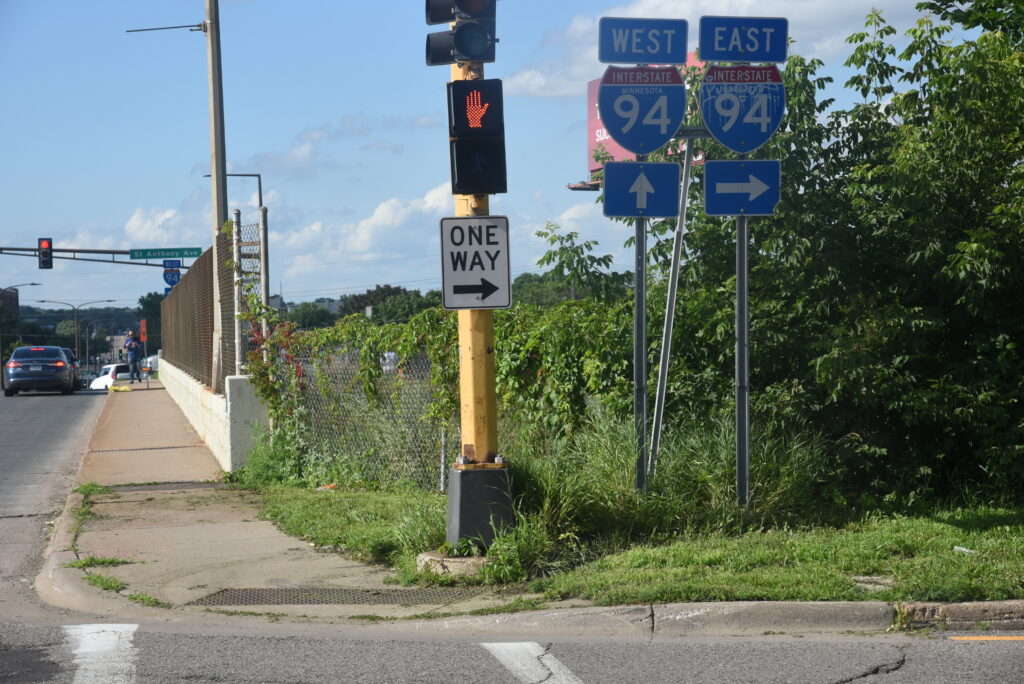
Photo: Smart Growth America
The project
For the last several decades, the community has not only come together to celebrate Rondo—through festivals like Rondo Days—but to advocate for a solution that begins to repair the harm. Community advocates, artists, storytellers, videographers, and organizations, have led the charge and pushed government to take responsibility for its role in the destroying the Rondo neighborhood.
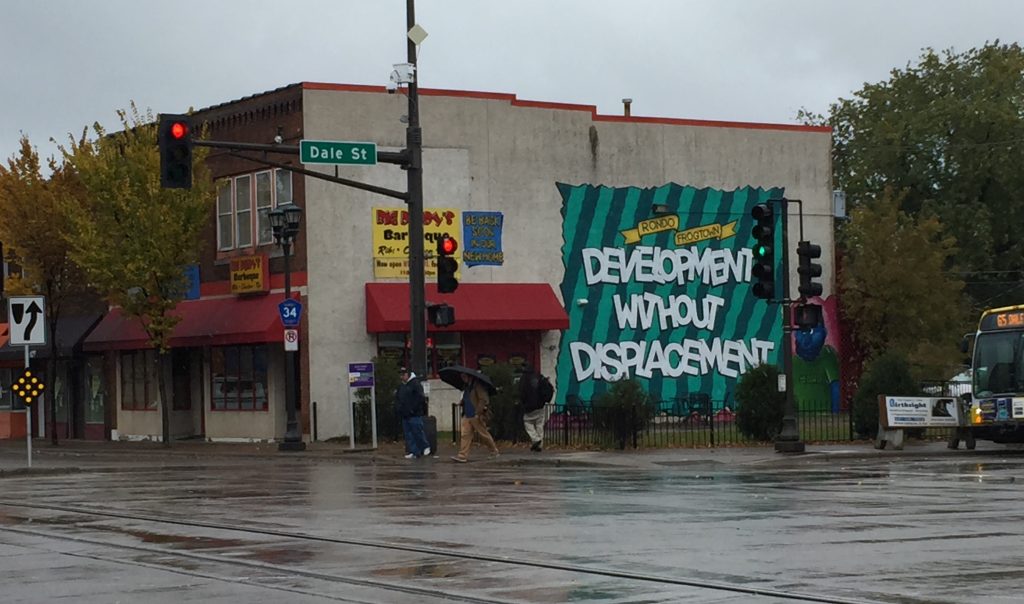
Photo: Sue Lambe 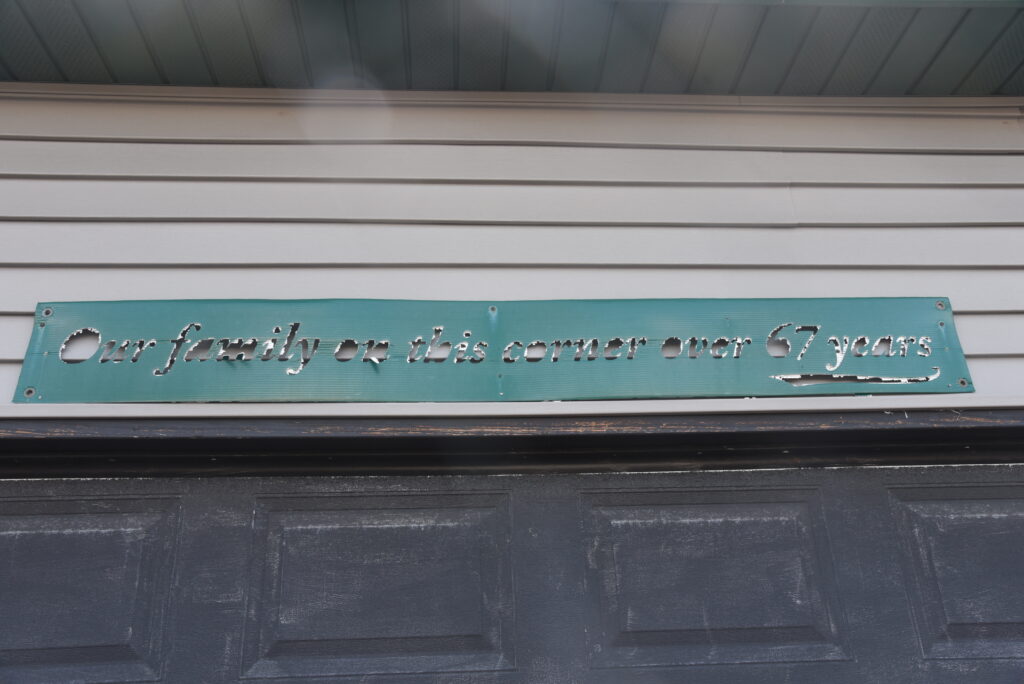
Photo: Smart Growth America 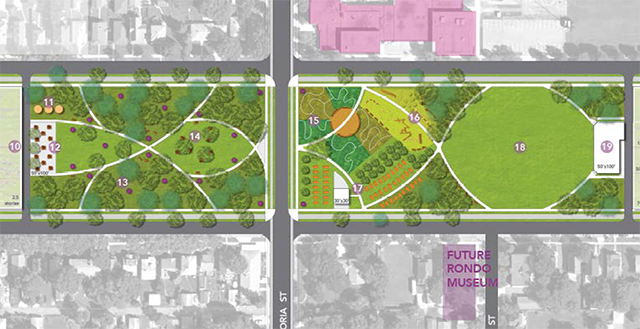
Photo: MinnPost
A key milestone of this work was in 2015, more than 50 years after the creation of I-94, when Minnesota Department of Transportation (MNDOT) Commissioner Charlie Zelle and Saint Paul Mayor Chris Coleman acknowledged the history and issued a formal apology to the community. Following that, MNDOT launched Rethinking I-94, “a long-term effort to improve MnDOT’s engagement and relationships with communities along [the] 15-mile stretch {..} of the two cities most impacted by the freeway’s initial construction.”
Today, one of the more popular solutions is to build a land bridge over I-94 which would “cap” several blocks over the highway. A study from the Urban Land Institute stated that the Rondo Community Land Bridge would be “a worthy investment not only to realize a physical connection that would enhance livability, but also to provide an opportunity for long overdue social justice for a neighborhood.”
That same study also outlines the importance of integrating arts and cultural programming in the the land bridge and provided a number of recommendations including:
- “Hire an arts and culture program manager to oversee ongoing programming.
- “Expand upon the success of Roots of Rondo to engage and support local artists. Springboard for the Arts could be a potential partner.
- “Create an arts fund to support programming and artists.
- “Require fees to the arts fund in any community benefits agreement negotiated as part of development on the Rondo Community Land Bridge.
- “Link an arts and culture program to Selby Ave JazzFest and Rondo Days so support of arts on the bridge raises awareness and supports existing cultural programs.
- “Commission murals and other art on retaining walls and create artistic wayfinding and signage for the bridge and the wider Rondo neighborhood.
- “Dedicate performance and art space (or flexible use within community space, but ensure it has amenities that artists and performers would need).
- “Install permanent art created by youth or the community during the interim while the land bridge is under construction.
The results
As of 2021, a land bridge has yet to be built over I-94, but the tide is changing. In the last ten years alone there has been considerable progress toward achieving a solution like the land bridge for Rondo. At the federal level, newly appointed leaders like Transportation Secretary Pete Buttigieg has already acknowledged the racist underpinnings of the construction of the interstate system and stated that he sees an opportunity to dedicate federal resources to remedy those scars and repair the damage wrought by the federal government in the name of progress for certain groups of people at the expense of others.
Key Partners: Reconnect Rondo, Minnesota DOT, Urban Land Institute
- In the 1950s, 85% of St Paul’s African American population lived in the Rondo neighborhood.
- Transportation for America, in partnership with Third Way, released a policy proposal in Fall 2020 to create a new federal program to identify these divisive highways, remove them, and repair the damage—a plan which was picked up and advanced by the Biden administration in the President’s infrastructure bill released in March 2021. Read the plan here: https://t4america.org/2020/12/07/four-recommendations-to-undo-the-damage-of-urban-renewal/

